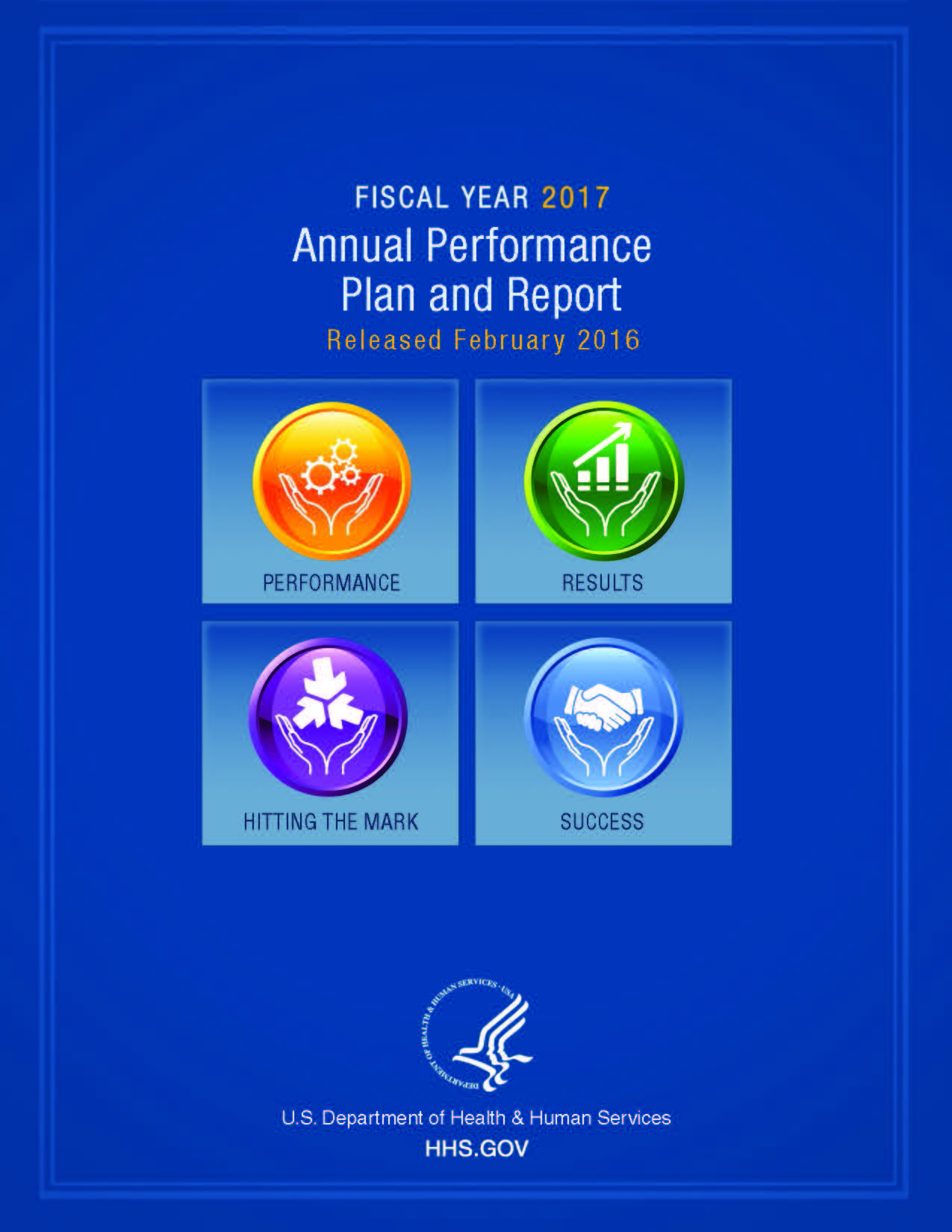- Home
- Agencies
- Department of Agriculture
- Department of Housing and Urban Development
- General Services Administration
- Department of Commerce
- Department of the Interior
- National Aeronautics and Space Administration
- Department of Defense
- Department of Justice
- National Science Foundation
- Department of Education
- Department of Labor
- Office of Personnel Management
- Department of Energy
- Department of State
- Small Business Administration
- Environmental Protection Agency
- Department of Transportation
- Social Security Administration
- Department of Health and Human Services
- Department of the Treasury
- U.S. Agency for International Development
- Department of Homeland Security
- Department of Veterans Affairs
- Goals
- Initiatives
- Programs
Primary tabs
FY 14-15: Agency Priority Goal
Improve health care through meaningful use of health information technology.
Priority Goal
Goal Overview
At the heart of HHS’s strategy to strengthen and modernize healthcare is the use of data to improve healthcare quality, reduce unnecessary healthcare costs, decrease paperwork, expand access to affordable care, improve population health, and support reformed payment structures. The nation’s health information technology infrastructure enables the flow of information to power these critical efforts— that can help facilitate the types of fundamental changes in access and healthcare delivery proposed in the Affordable Care Act. HHS is taking a leading role in realizing health information technology’s potential benefits. The Recovery Act provided an unprecedented investment in health information technology to propel a range of initiatives, including regulations on the meaningful use of health information technology and standards as well as the funding of Health IT Regional Extension Centers, State Health Information Exchanges, and other programs.
This Priority Goal is to increase the number of eligible providers in these important programs who adopt/meaningfully use electronic health records (EHRs), since it is believed that the increased use of EHRs will improve coordination across providers and settings, improve health care delivery, improve quality of care and reduce medical errors. The Office of the National Coordinator for Health IT within the Office of the Secretary of Health and Human Services is the designated lead for this priority goal in close partnership with the Centers for Medicare & Medicaid Services (CMS). A key step in this strategy is to provide incentive payments to eligible providers serving Medicare and Medicaid beneficiaries who adopt and meaningfully use certified EHR technology.
Detailed reports showing the provider types and EHR Incentive Programs breakouts are available on the CMS website at http://www.cms.gov/EHRIncentivePrograms/56_DataAndReports.asp
Strategies
The health IT priority goal partners are implementing strategies that advance, monitor, and address participation in the CMS Medicare and Medicaid EHR Incentive Programs and enable EHR adoption and information exchange. Example strategies include:
- Developing and disseminating extensive educational outreach materials.
- Seeking out speaking engagements, webinars, and national conference calls to provide technical assistance.
- Operating a national information call center.
- Implementing Health Information Technology for Economic and Clinical Health (HITECH) Act grant programs, such as the Health IT Regional Extension Centers (REC) and State Health Information Exchange cooperative agreement programs, that assist providers and states with becoming meaningful users of health IT.
Progress Update
As of September 2015, over 478,379 providers had received their first incentive payment.
CMS recently presented the following data on early provider progress from stage 1 to stage 2 attestation milestones:
- 57,726 Medicare eligible professionals (EPs) successfully attested to stage 2.
- 1,553 Medicare eligible hospitals (EHs) successfully attested to stage 2.
Next Steps
No Data Available
Expand All
Performance Indicators
Health IT Priority Goal Key Indicator (Providers at Stage 1)
Health IT Priority Goal: Supporing Measure (Hospitals at Stage 2)
Health IT Priority Goal: Supporing Measure (Professionals at Stage 2)
Contributing Programs & Other Factors
Medicare and Medicaid EHR Incentive Programs
Strategic Objectives
Strategic Objective:
Improve health care and population health through meaningful use of health information technology
Statement:
Improve health care and population health through meaningful use of health information technology
Description:
At the heart of HHS’s strategy to strengthen and modernize the healthcare system is the use of data to improve healthcare quality, reduce unnecessary healthcare costs, decrease paperwork, expand access to affordable care, improve population health, and support reformed payment structures. To accomplish this, HHS is encouraging widespread adoption and meaningful use of health information technology through incentives, grants, and technical assistance.
Agency Priority Goals
Statement: By the end of FY2015, increase the number of eligible providers who receive incentive payments from the CMS Medicare and Medicaid EHR Incentive Programs for the successful adoption or demonstration of meaningful use of certified EHR technology to 450,000.
Description: At the heart of HHS’s strategy to strengthen and modernize healthcare is the use of data to improve healthcare quality, reduce unnecessary healthcare costs, decrease paperwork, expand access to affordable care, improve population health, and support reformed payment structures. The nation’s health information technology infrastructure enables the flow of information to power these critical efforts— that can help facilitate the types of fundamental changes in access and healthcare delivery proposed in the Affordable Care Act. HHS is taking a leading role in realizing health information technology’s potential benefits. The Recovery Act provided an unprecedented investment in health information technology to propel a range of initiatives, including regulations on the meaningful use of health information technology and standards as well as the funding of Health IT Regional Extension Centers, State Health Information Exchanges, and other programs. This Priority Goal is to increase the number of eligible providers in these important programs who adopt/meaningfully use electronic health records (EHRs), since it is believed that the increased use of EHRs will improve coordination across providers and settings, improve health care delivery, improve quality of care and reduce medical errors. The Office of the National Coordinator for Health IT within the Office of the Secretary of Health and Human Services is the designated lead for this priority goal in close partnership with the Centers for Medicare & Medicaid Services (CMS). A key step in this strategy is to provide incentive payments to eligible providers serving Medicare and Medicaid beneficiaries who adopt and meaningfully use certified EHR technology. Detailed reports showing the provider types and EHR Incentive Programs breakouts are available on the CMS website at http://www.cms.gov/EHRIncentivePrograms/56_DataAndReports.asp










